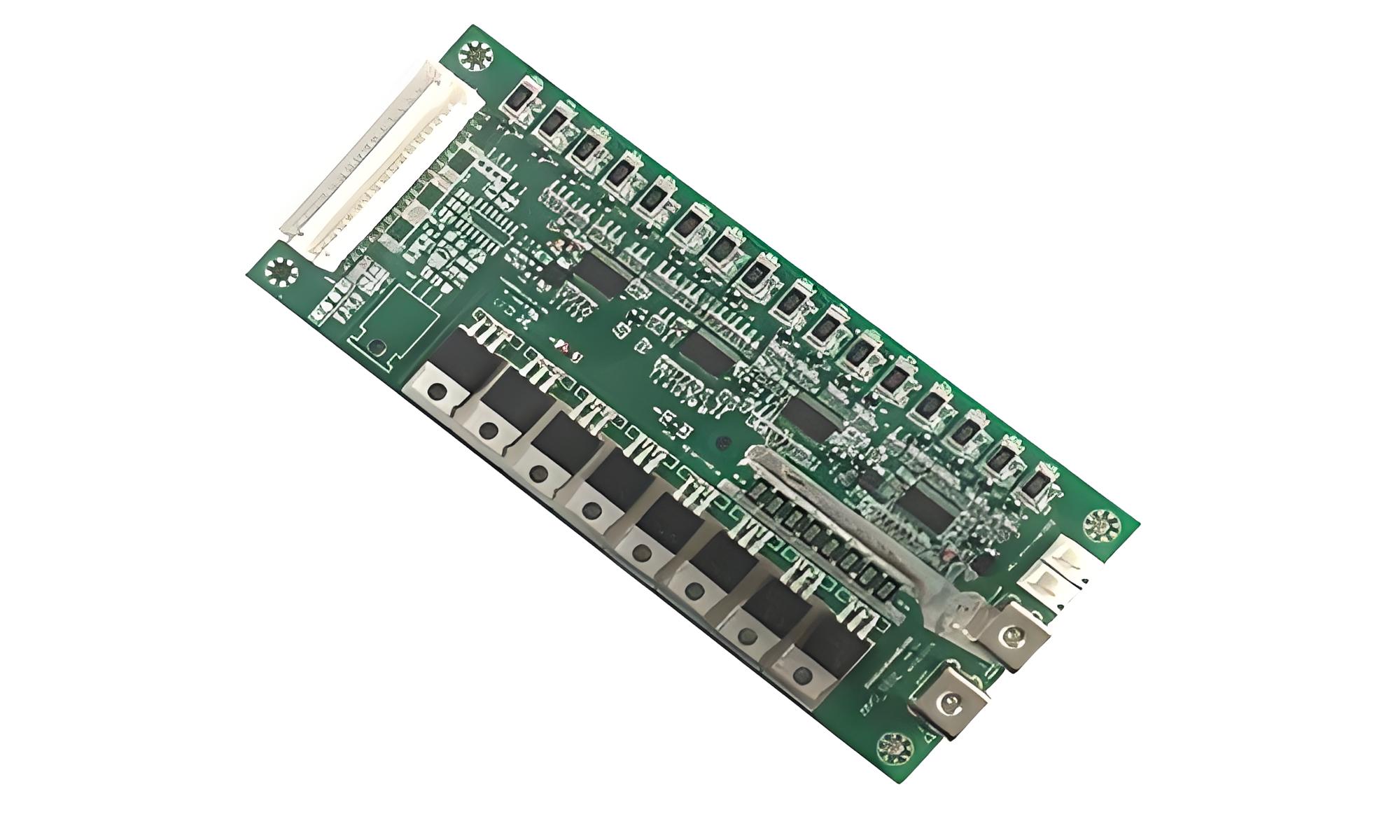BMS (Battery Management System) battery protection board, as a key component of battery packs, is mainly used in the following fields:
1. Electric vehicles and new energy transportation
Pure electric vehicles (EV) and hybrid electric vehicles (HEV/PHEV): Manage power batteries (such as lithium-ion batteries), monitor voltage, temperature, and current in real time, prevent overcharging/overdischarging, and extend battery life.
Electric bicycles/motorcycles, electric scooters: Ensure the safety of lithium battery packs and optimize range.
Electric buses and logistics vehicles: support high power demand and ensure the safety of fleet operations.

2. Energy storage system
Home energy storage and photovoltaic energy storage: managing solar/wind energy storage batteries to improve energy efficiency.
Grid level energy storage: used for peak shaving, frequency regulation, backup power supply, and maintaining grid stability.
Data center/communication base station: Manage UPS backup power to prevent data loss caused by power outages.
3. Consumer electronics
Mobile phones, laptops, tablets: Protect single or multiple lithium batteries from short circuits or overheating.
Drones and smart wearable devices: optimize the performance of small batteries to ensure safe operation of devices.
4. Industrial and electric tools
Industrial robots and AGVs (Automated Guided Vehicles): Manage high load batteries and support long-term operations.
Electric tools (drills, lawnmowers, etc.): prevent battery damage caused by high current discharge.
5. Medical equipment
Portable medical devices (defibrillators, ventilators): Ensure reliable battery power supply in emergency situations.
Mobile medical beds and wheelchairs: ensuring safety and stability for long-term use.
6. Aerospace and special fields
Drones and satellites: maintain battery performance in extreme temperature/vibration environments.
Military equipment and underwater detectors: adapt to harsh environments and provide stable energy management.
7. Other emerging fields
Battery swapping mode (shared battery): Remote monitoring of battery status is achieved through BMS, improving the efficiency of the sharing economy.
Hydrogen fuel cell auxiliary management: Coordinate energy allocation between fuel cell and lithium battery hybrid systems.
Core functions
Safety protection: protection against overcharging, overdischarging, overcurrent, short circuit, and abnormal temperature.
Performance optimization: battery balancing, SOC (state of charge) estimation, and lifespan prediction.
Data interaction: Communication with external systems (such as vehicle ECU, energy storage monitoring platform).
The application of BMS battery protection board is expanding to more scenarios with the development of battery technology, becoming a core component of intelligent energy management.
